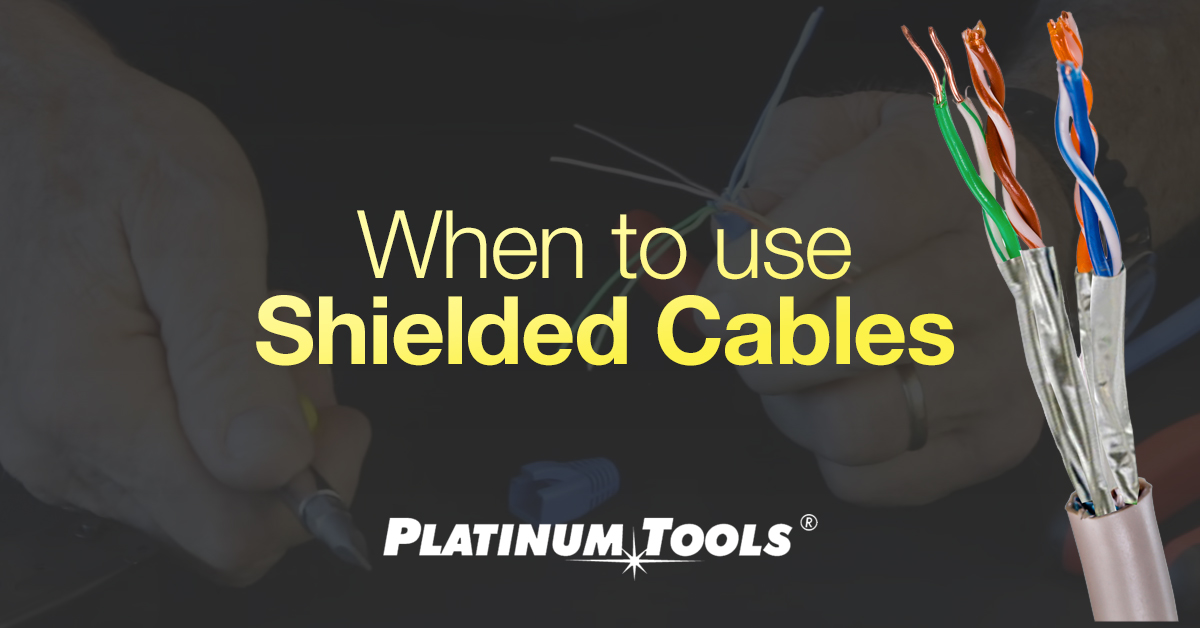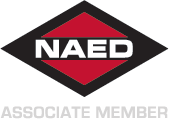
As data transmission speeds have increased, the performance characteristics of Cat cables have been tightened dramatically. Currently, most installations use at least Cat 5e cable, although many have migrated to the higher specification Cat 6 cable.
These cables perform adequately for 1000Base-T Gigabit Ethernet, and it is possible to use the higher specification Cat 6 cable for 10 Gigabit Ethernet as long as the cable length is short. However, to avoid alien crosstalk interference and to ensure reliable 10 Gbit/s communication, a shielded Cat 6A cable is required.
Unshielded Cables
Cat cable performance capabilities have been enhanced by increasing the number of twists per inch in the cable, differentiating this number between each pair as well as through using improved insulation materials. These changes reduced the amount of crosstalk between conductors allowing operation at higher frequencies, reaching a maximum frequency of 250 MHz for most Cat 6 cable. However, unshielded cables can be vulnerable to interference from external signals; although, due to a lower operating frequency, external interference is not always a problem.
Electromagnetic Interference
Electromagnetic interference, or EMI as it is known, is external interference caused by radio frequency interference (RFI) generated by electromagnetic fields close to data cables. Typically, sources are power cables connecting motors, generators and variable frequency drives. Typical methods of eliminating crosstalk interference don’t work with EMI because it’s an external signal. The most common method of dealing with this type of interference is to use screened cable. It’s worth noting that EMI can cause data errors even at 10 Mbit/s and 100 Mbit/s Ethernet speeds and is a serious problem for Gigabit Ethernet.
10 Gigabit Ethernet
The introduction of 10 Gigabit Ethernet meant the operating capability of Cat cables had to increase from 250 MHz to 500 MHz. At this frequency, Cat cables are very sensitive to interference, which is why the 10GBASE-T standard introduced an Alien Crosstalk (ANEXT) parameter, a way of describing resistance to electromagnetic and radio frequency interference.
This led to the introduction of Cat 6A cable that reliably transmits 10 Gbit/s signals over 100 meters. In comparison, while Cat 6 cable can be used at 10 Gbit/s, its use is limited to a maximum distance of 55 meters to avoid errors.
Cat 6A Cable Differences
The design of Cat 6A cable differs from Cat 6 in that special measures are put in place to limit alien crosstalk. There are two main types. The Unshielded Twisted Pair (UTP) uses larger conductors, more twists, increased spacing between pairs and a thicker outer jacket. Its external diameter is around 0.33 inches, which is significantly greater than that for Cat 6 cable. The latter normally range from 0.25 inches to 0.28 inches.
The other design is a Shielded Twisted Pair (STP), which uses a foil or braided external screen. In some instances, a separate shield is placed over each pair. Shielded Cat 6A cable outperforms unshielded Cat 6A cable especially in terms of EMI and RFI resistance. The external diameter of shielded Cat 6A cable is usually between 0.29 and 0.33 inches.
Using a Shielded Cable
Whether you are operating at 10 Gbit/s speeds or experience heavy EMI interference, a shielded cable gives good results. It’s important to ensure that the cable shield is grounded at a good earth at one point at least.
The other factor is that the increased outer diameter and conductor sizes means that standard RJ45 connectors won’t work, and special RJ45 Cat 6A 10Gig shielded connectors must be used.These require the use of a Cat 6A termination kit.













